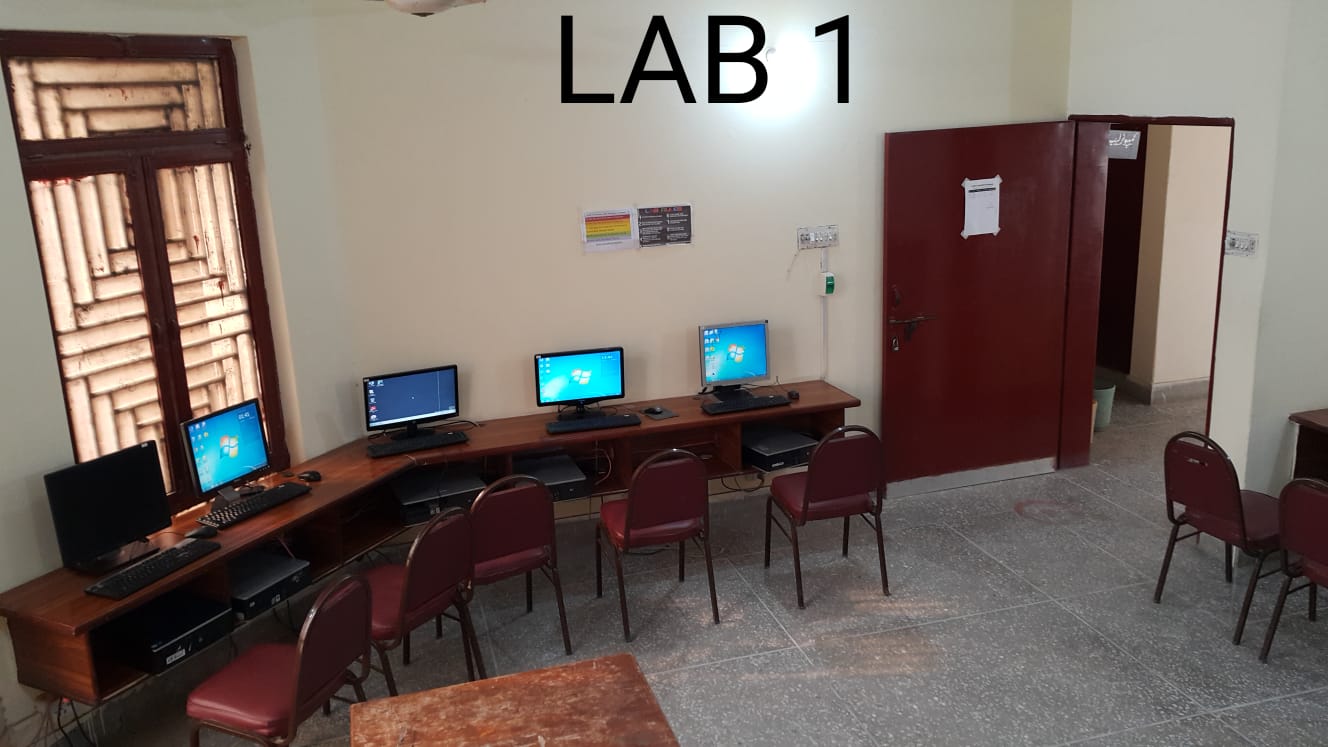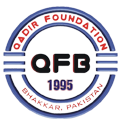- Phone : +923427609037 | Email : info@qadirfoundation.com
About Us
Welcome To Qadir Foundation
Non-Government Organization (NGO) in Bhakkar District
Qadir Foundation (QF) commenced its welfare operations in the year 1992 as an informal organization. It was formally registered on December 13, 1995 at District Headquarter Bhakkar with Social Welfare Department, Government of the Punjab as non-Government organization (NGO) under The Voluntary Social Welfare Agencies (Registration and Control) Ordinance, 1961 (Ordinance XLVI of 1961). QF is a welfare, charitable and not for profit NGO committed to serve the poorest of the poor people of District Bhakkar. QF was established by 12 renowned citizens and philanthropists of Bhakkar city. Since its formal registration, QF is working in an organized and methodical manner.

QF has an approved Constitution by the General Body of the NGO, which comprised of 120 general members. Executive Committee comprising of 12 members, assist the office bearers in day to day business. President of the NGO acts as Chief Executive, who is assisted by Vice President, General Secretary and other office bearers in accordance with the Constitution of the NGO. All members of QF are volunteers and pay the fee to get the membership. According to the Constitution of QF, volunteer members are not entitled to get any salary, fee, remuneration, perquisites, travelling allowance or daily allowance. If the volunteer office bearers or members are required to attend a meeting even outstation, they are required to spend out of their own pocket.
Bhakkar is a district in the province of Punjab, Pakistan. This district was established in 1982 after slicing the area from District Mianwali. Prior to 1982 it was a Tehsil of District Mianwali. Bhakkar is situated between the Indus River and Chenab. District Bhakkar has four Tehsils, i.e., Tehsil Bhakkar, Tehsil Darya Khan, Tehsil KallurKot and Tehsil Mankera. The district is of semi rectangular shape and mostly consists of sandy land. The total area of the district is 8153 kilometers. It is 134 kilometers long from North to South and 60 kilometers wide from East to West. The main city center consist of Mandi Town, King gate (markets and shopping centers), Chimni Muhalla (the oldest area in Bhakkar city), Iron Market, Gulshan-e-Madina Town, Officers Colony, Iqbal Town (old name Housing scheme 1) (Farrukh Hasan), Canal Avenue, new developed Green Town, Dhandla Muhalla, Gadola, and Aalam Abad. The adjacent city area Mandi Town is the developed area of the city with all the facilities. The population of city area mostly speaks Saraiki, Urdu and Punjabi. The business in the city is major source of income for the population and mostly business activities are connected with capital of Punjab, Lahore.
Landscape of District Bhakkar can be divided into three distinct zones. Almost one third area is desert called Thal Bhakkar, which comprises of sand and sand dunes. At some places tube wells have been installed for limited irrigation, but most of the sandy land is “Barani”. One crop of black gram is cultivated during October, which is totally dependent on rains. The crop is harvested in March. The other livelihood of people is livestock, particularly sheep and goat. People are generally poor, with lesser opportunities of education and health. There are limited roads and people have to travel by traditional means of communications even in this modern era. The second zone is canal irrigated by Thal Canal and its distributaries. This area is fertile, productive and comparatively rich. The population is mostly of settlers, who were allotted lands from other areas and they settled here after getting lands.
The population is progressive; more educated and has access to education and health facilities. Since lands are irrigated by canal waters, cash crops like sugarcane, wheat and cotton are grown here. The third zone is along River Indus, known as “Katcha” area. This land was long ago used to be the river bed and now due to bridges, embankments and other Barriers River has been contained to its bed. This land is traditionally fertile, productive due to availability of sweet water at short depth because of close vicinity of river. This area also produces cash crops like sugarcane and wheat. Some road network has been recently been created, however people are of average income with limited facilities of education and health.
According to the Constitution, QF has the mandate to work for the promotion of education, health and related areas. After having done some welfare work informally, QF started its welfare activities formally with a running expense of Rs. 2500 in year 1995. To start with there was no employee and three of the volunteers were doing all the work without any remuneration. There was no designated office and all the record was kept in a shop owned by one of the volunteers. The telephone numbers of the shop were used as contact numbers. However, in 1996 with the establishment of Computer Center a house was taken on rent where computer center and offices of QF were set up. Since its establishment, QF worked on various projects and programs from time to time. Some of the projects and programs were established by QF itself, whereas some of the programs were run in partnership with national and international donors and organization. Details of programs which were established, run and completed are given below.
